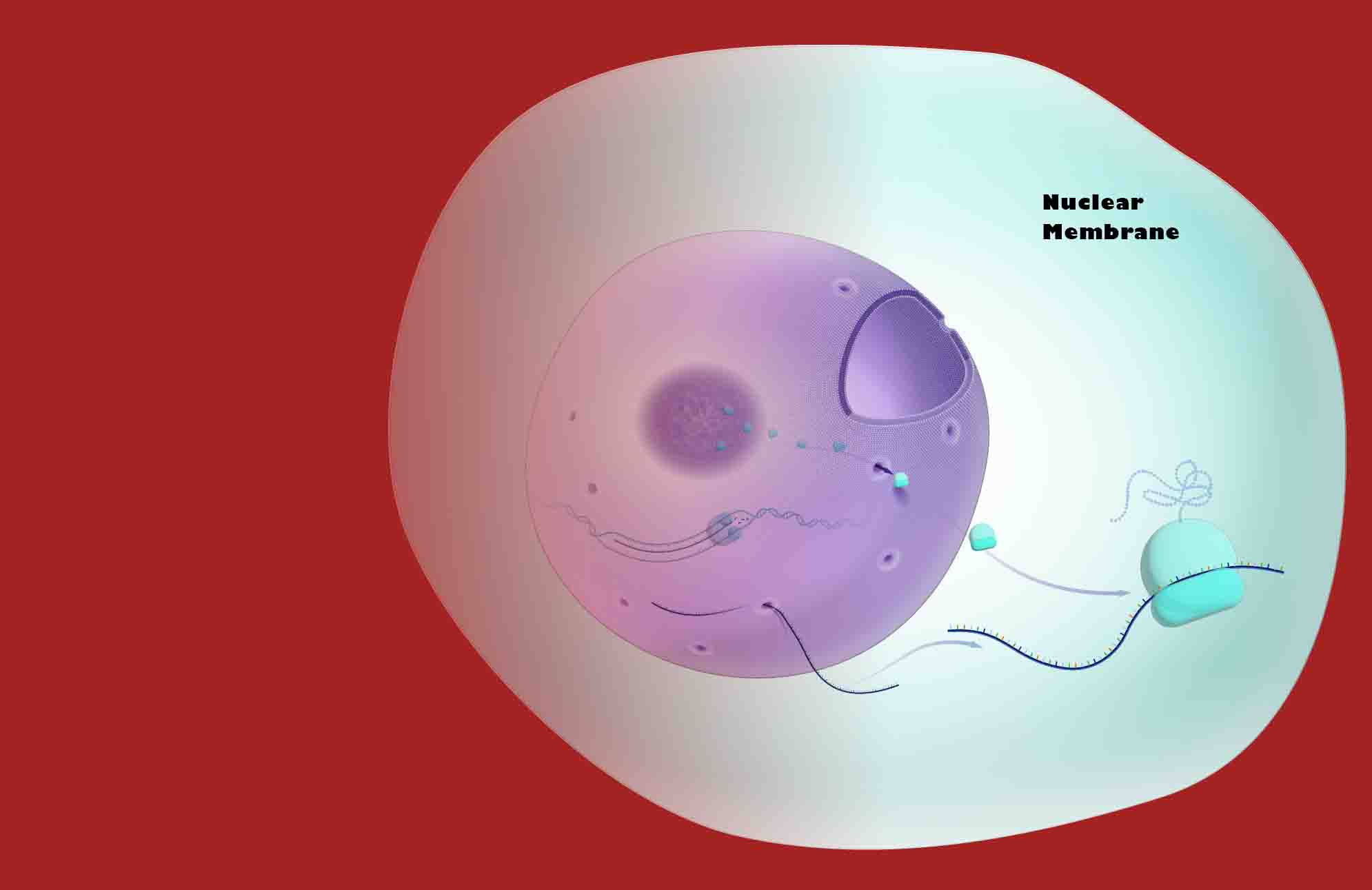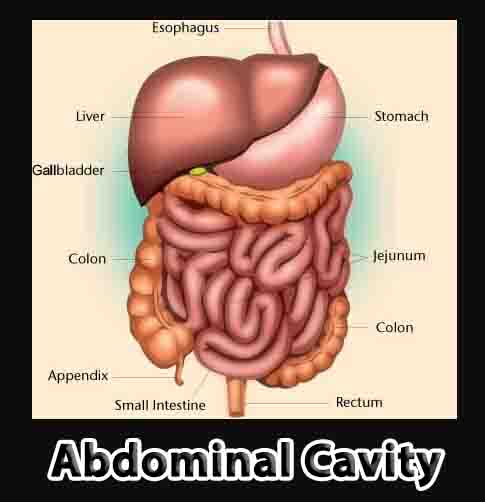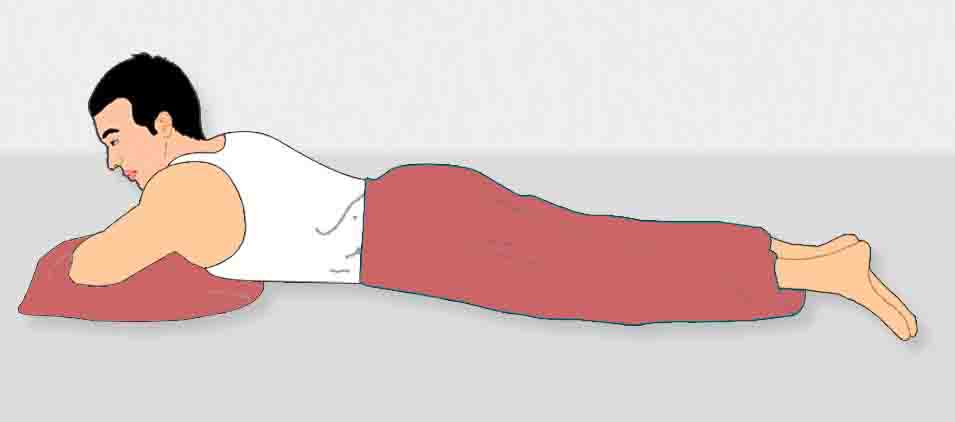Nuclear Membrane
Nuclear Membrane Definition Known also as the nuclear envelope, the nuclear membrane separates the nucleus from the rest of the cell. Cells of both animals and plants contain it. Cells build proteins, convert molecules into energy, and remove waste products. Cells protect their genetic material from chemical reactions taking place outside their nucleus by using … Read more




